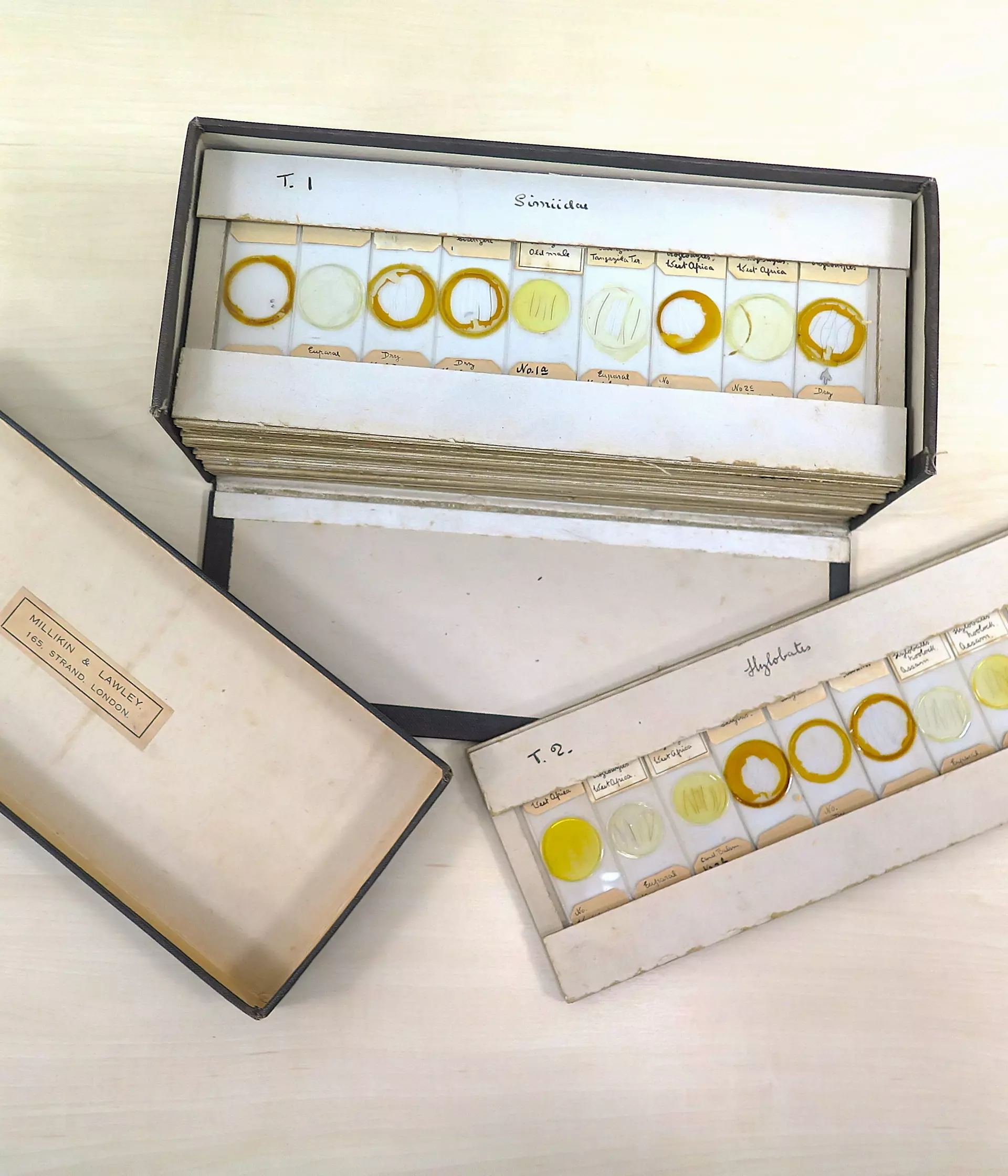Biological archive for the scientific community
We have a huge collection of frozen, wet, and dry biological specimens, built over several decades. We’ve collected these diverse samples in many ways - through standard pathological investigations, donations of items seized by Border Force, police wildlife crime investigations, and private donations.
Our biobank programme aims to create a biological archive that is accessible to the scientific community. By opening up the collections, we are seeking to empower the scientific community with greater knowledge, intending that they will be used for innovative research, public engagement and to improve understanding of wildlife forensics.
The ZSL Biobank is part of the Cryo-CorALS Group (Cryopreservation of Corals & Aquatic Life Systems). Cryo-CorALS is a UK network of organisations committed to furthering cryoconservation and biobanking of coral life and is made up of the following members: ZSL, Institute of Zoology, Natural History Museum, Nature's SAFE, Horniman Museum and Gardens, RZSS, EAZA and the Smithsonian Institution.
Dry collections
The dry collections include items donated from wildlife crime seizures and private collectors, such as skulls/bone, furs/skins, feathers, eggs, butterflies, taxidermy specimens and traditional medicines. We also keep samples from our Zoos, which allows our animals to continue to contribute to wildlife conservation after passing on.
Science-led wildlife conservation
Contributing to forensic research
Our dry collections play a key role in ground-breaking research which is helping solve wildlife crime.
Refugia
Our collections have helped create engagement programmes for conservation science with refugee and asylum seekers.
Illegal wildlife trade crisis
The biobank directly help us tackle the illegal wildlife trade, which is the fourth biggest illegal activity worldwide, behind only arms, drugs and human trafficking.
Wet collections
Our wet collections consist of tissue samples preserved in fluid, such formalin or ethanol. These samples represent over 50 years of post-mortem examinations performed by ZSL pathologists, vets and IOZ scientists and cover a wide range of species across taxa. Most samples are small cubes of tissue taken for histopathology, the study of disease by examining the structure of cells under a microscope,but we also have a collection of whole tissues, particularly brains and even whole small organisms such as fish and invertebrates.
The wet collection is complemented by the wax collection, where small dehydrated, formalin-fixed sections are preserved in wax. These blocks are designed so thin slices can be mounted on slides to study disease under a microscope (histopathology). Our wax archive dates back to the 1970s, with slides dating as far back as 1908.
Collecting vital samples
Cetacean Strandings Investigation Programme (CSIP)
We collect samplings from whale, seal and shark stranding's across the UK, and we have a collection of over 80,000 samples at ZSL
Frozen collection
Over decades, staff and students at ZSL’s Institute of Zoology have amassed thousands of samples during the course of fieldwork and research. In addition, samples taken from pathological investigations conducted by our vets are stored for future research that can contribute to the conservation of species in captivity and the wild.
Frozen samples can be used to generate molecular information that can direct conservation efforts, this data can inform population management of species, conservation translocations, wildlife disease investigations and to confirm taxonomy, as well as contribute to novel scientific research.
By working with industry partners Ziath Azenta Life sciences and in partnership with CryoARKS, EAZA biobank and Nature's Safe we are aiming to make our collections open to the public in the near future
To enquire about our frozen collection please email biobank@zsl.org
Volunteer with us
We regularly recruit volunteers to help us audit and curate specimens and data.
If you would like to join us, register your interest.
